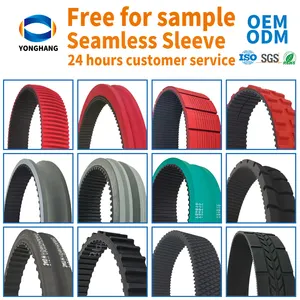
Red Rubber Coating Timing Belt T10 L H High Torque Red Rubber Coating Timing Belts HTD 8m 5m Packing Machine Coated Timing Belt





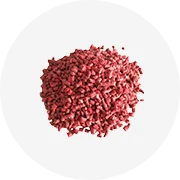


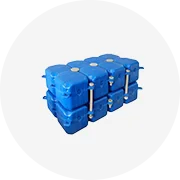
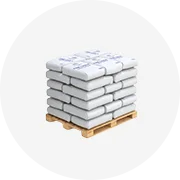

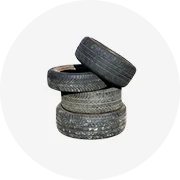
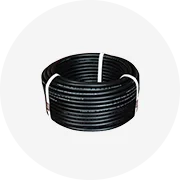

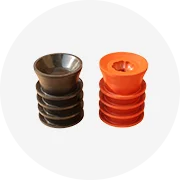
Auto cogged V belts are a specialized type of drive belt known for their unique cogged design that enhances flexibility and heat dissipation. These belts are integral to the efficient operation of automotive and industrial machinery, where precise power transmission is critical. The cogged structure allows for smaller pulley diameters and can handle higher rotational speeds compared to flat belts.
There are various types of cogged V belts, each tailored for specific applications. The versatility of these belts extends to HVAC systems, where they ensure optimal functioning of compressors and fans. In the automotive sector, they are essential for engine accessory drives, powering alternators, and air conditioning compressors. Industrial machines also rely on these belts for smooth operations and reduced maintenance needs.
The construction of an auto cogged V belt typically involves rubber compounds reinforced with fibers such as polyester or Kevlar. This composition affords the belt a balance of strength and flexibility. The cogs, or notches, on the inner surface of the belt reduce bending stress and allow for efficient heat dissipation, which is crucial for maintaining the belt's integrity under continuous operation.
The design of cogged V belts offers several advantages. Their increased surface area allows for better grip and reduced slippage, ensuring consistent power transmission. The cogged profile also contributes to a longer lifespan and reduced stretch over time. Additionally, these belts can operate effectively in a wide temperature range, making them suitable for various climates and working conditions.
When selecting an auto cogged V belt, it is important to consider the belt's size and profile to ensure compatibility with the machinery. The belt's length and width should match the specifications required for the application to provide optimal performance. It is also crucial to assess the working conditions, such as temperature and load, to choose a belt that can withstand the operational demands.
Regular maintenance is key to extending the life of auto cogged V belts. Inspecting the belts for signs of wear, such as cracks or fraying, can prevent unexpected downtime. Although these belts are designed for durability, they are not immune to wear and should be replaced as part of routine maintenance to ensure machinery runs at peak efficiency.
auto cogged v belt